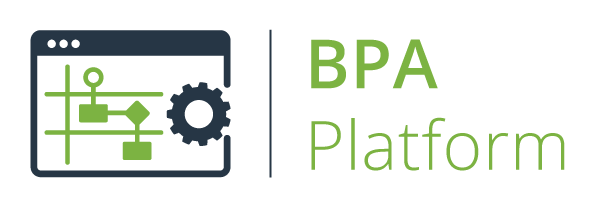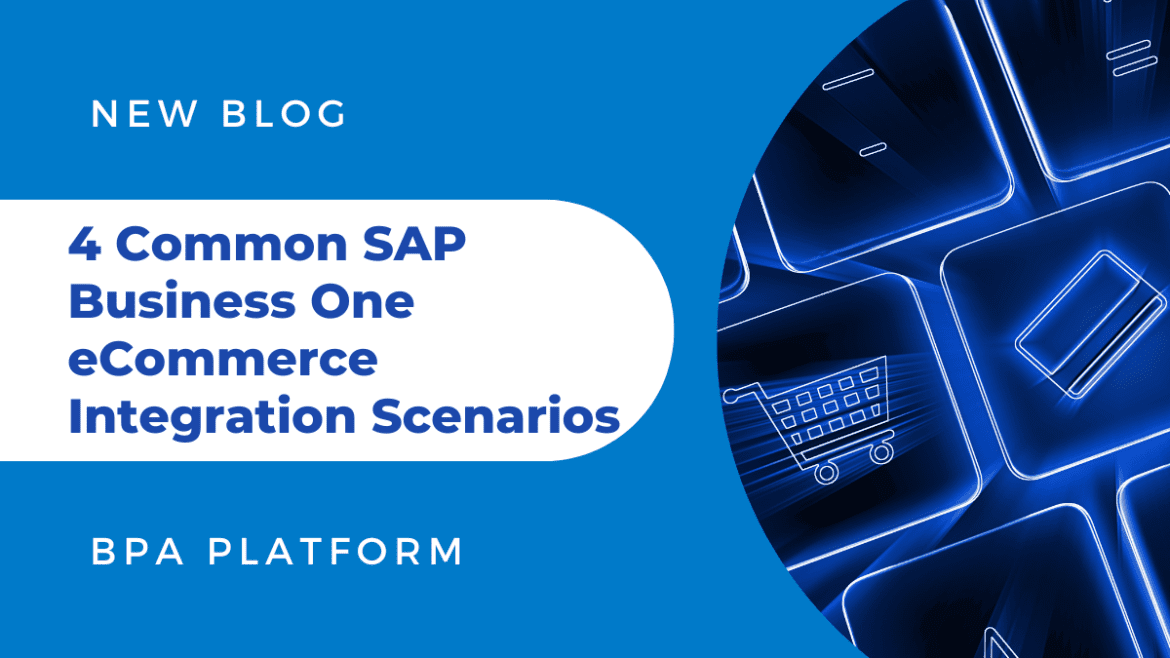4 Common SAP Business One eCommerce Integration Scenarios
4 Common SAP Business One eCommerce Integration Scenarios
Organisations that sell their products or services online commonly use powerful eCommerce web stores such as Magento, Shopify, BigCommerce and Amazon Seller Central.
Unfortunately, for many businesses, it still requires employees to manually extract their data and re-key that information into their business software. Information is also manually extracted from business software, for example, SAP Business One and is re-keyed into a carefully chosen eCommerce web store.
The downsides of manual bi-directional data processing are:
• Time-consuming
• Prone to errors
• Costly
eCommerce professionals are now turning to solutions which can automate the flow of information between their webshop and business software.
So, what are the 4 most common eCommerce integration scenarios?
- Automatic insertion of webshop orders into an accounting solution
- Automatic transfer of orders status and current stock levels and/or images from accounting systems to web store
- Automatic placement of an order with a selected courier service(s)
- Automatic synchronisation of customer information between an eCommerce application and a CRM system

Organisations that are automating the common scenarios are seeing the eradication of repetitive data entry and associated human errors, a significant decrease in dispatch times and a reduction in operational costs.
Automating the synchronisation of information between business systems and an eCommerce application can be an affordable and quick process by utilising drag-and-drop integration tools such as Codeless Platforms’ BPA Platform (business process automation) solution.
What eCommerce applications can BPA Platform integrate?
- Magento integration
- Shopify integration
- PrestaShop integration
- BigCommerce integration
- Amazon Seller Central integration / Amazon FBA Automation
- eBay integration
- PIM eCommerce integration
For more information on how BPA Platform can be used to automate the flow of information between your business systems and applications to streamline your business processes, contact us to arrange a demonstration.


KFA Connect are Codeless Platforms Partners – authorised to sell BPA Platform and have in-depth knowledge of developing integration and process automation using the solution.































